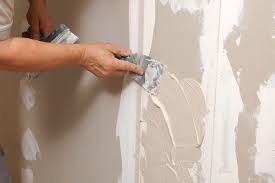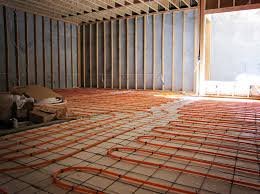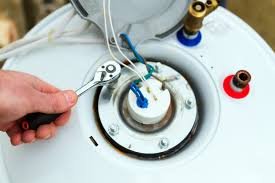When it comes to protecting a home, siding is the unsung hero. It quietly withstands rain, wind, snow, sun, and everything in between, all while contributing massively to how a house looks from the curb. Yet, because it works so seamlessly, siding is often taken for granted—until it begins to show wear.
Siding installation and repair are some of the most important investments homeowners can make. Not only does quality siding shield your home from the elements, but it also defines your home’s style, affects energy efficiency, and can even boost property value. Whether you’re considering an upgrade, dealing with damage, or simply exploring options, understanding the value of siding can help you make choices that stand the test of time.
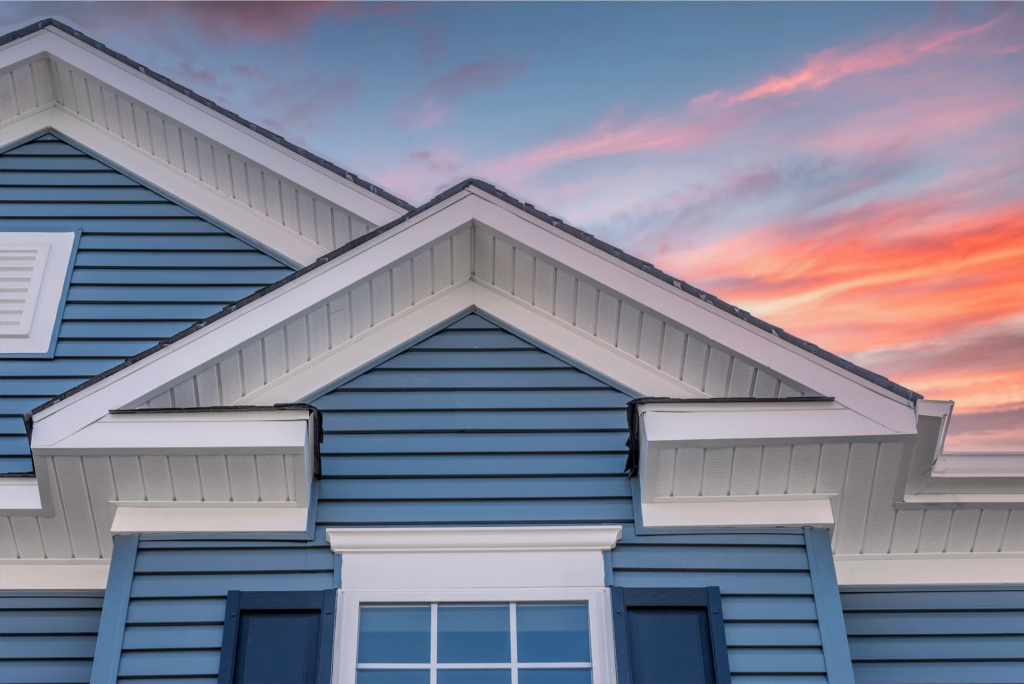
What Does Siding Really Do?
Siding is more than just a decorative outer layer. It serves multiple vital roles:
- Weather Protection: Shields the structure from rain, wind, snow, and sun.
- Insulation: Helps regulate indoor temperature and improve energy efficiency.
- Pest Deterrence: Prevents insects and rodents from infiltrating walls.
- Structural Integrity: Supports the building envelope, keeping moisture out and warmth in.
- Curb Appeal: Defines the home’s exterior look and feel.
Simply put, siding is your home’s first line of defense and its public face. And because it’s always on display, it has the unique power to make your home stand out in the neighborhood—or blend in, depending on your goals.
Signs Your Siding Needs Attention
Because siding works so quietly, issues can sneak up. Here are key signs it may be time for repair or replacement:
- Cracks, warping, or bubbling.
- Faded or peeling paint.
- Increased energy bills due to insulation failure.
- Mold, mildew, or water stains.
- Loose or missing panels.
Regular inspection, especially after storms or harsh seasons, can catch problems early and prevent more extensive damage. Think of it as a health check-up for your home—catching small issues before they become big, costly ones.
Exploring Your Siding Options
There’s no one-size-fits-all when it comes to siding. Today’s homeowners have more choices than ever, each with its own strengths:
1. Vinyl Siding: Versatile and Low-Maintenance
A popular choice for its affordability and variety of styles, vinyl siding is lightweight, easy to install, and comes in countless colors and textures. It resists moisture and pests, and requires minimal upkeep—a simple wash can restore its shine.
Vinyl is perfect for busy homeowners who want a hassle-free option that still offers plenty of design flexibility. Newer vinyl products are more durable and better insulated than ever before.
2. Fiber Cement: Durable and Stylish
Made from a mix of cement, sand, and cellulose fibers, fiber cement siding mimics the look of wood, stucco, or masonry but with exceptional durability. It’s fire-resistant, insect-proof, and can last for decades with proper care.
Fiber cement offers a high-end look with minimal maintenance, making it ideal for those who want long-lasting style and strength.
3. Wood Siding: Natural Beauty
Nothing beats the warmth and charm of real wood siding. Options like cedar and redwood offer timeless appeal, but they require more maintenance—regular sealing, staining, or painting—to protect against rot and insects.
Wood is ideal for homeowners who appreciate natural materials and are willing to invest in upkeep to maintain its beauty. It’s also highly customizable, allowing for unique finishes and patterns.
4. Engineered Wood: Strength and Style
Combining the beauty of wood with modern technology, engineered wood siding is made from treated wood strands and resins. It’s stronger, more weather-resistant, and cost-effective compared to natural wood.
This option offers a great balance of durability, appearance, and price—a favorite for many remodelers.
5. Metal Siding: Modern and Industrial
Steel or aluminum siding brings a sleek, modern look and offers excellent durability. It’s fireproof, insect-resistant, and stands up to extreme weather, though it may be prone to dents or fading over time.
For contemporary homes, metal siding makes a bold, industrial statement and requires minimal maintenance.
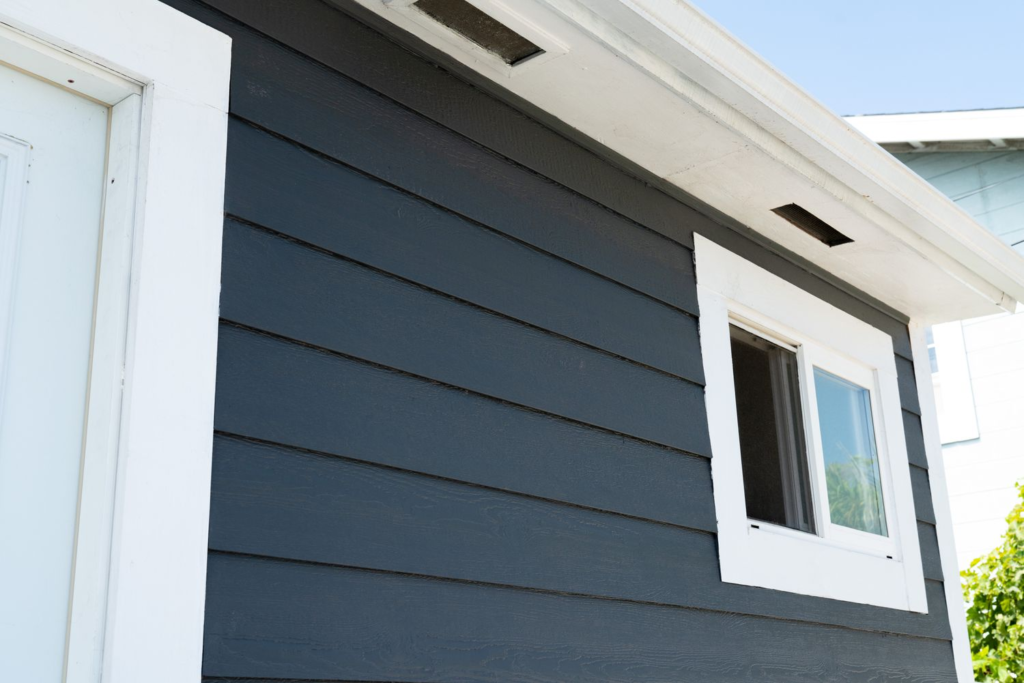
Siding Styles That Make a Statement
Beyond material, siding style has a huge impact on your home’s personality:
- Lap Siding: Traditional and clean-lined.
- Board and Batten: Vertical design with depth and texture.
- Shingle or Shake: Rustic and charming, often used in coastal or cottage-style homes.
- Panel Siding: Sleek and modern, ideal for contemporary homes.
Mixing styles—like board and batten with lap siding—adds visual interest and allows for custom, standout designs. It’s a chance to reflect your unique taste and boost curb appeal dramatically.
Color Choices That Complement
Color is one of the easiest ways to transform a home’s exterior. Consider these tips:
- Light colors make a home feel larger and more inviting.
- Dark tones add drama and modernity.
- Contrasting trim enhances architectural features.
- Neutral palettes provide timeless elegance.
Popular color trends include earthy greens, soft blues, charcoal gray, and classic whites. The key is choosing hues that harmonize with the landscape and reflect your style. Testing swatches in different lighting can help you make the perfect choice.
The Installation Advantage: Why It Matters
Even the best siding won’t perform if it’s poorly installed. Professional installation ensures:
- Precise fit and alignment.
- Weatherproof sealing.
- Proper ventilation and insulation.
- Compliance with local building codes.
Skilled installers can also help spot issues beneath old siding—like moisture damage or rot—before they escalate. It’s an investment that protects your home for years to come. Good installation also ensures warranty protection, something DIY jobs often lack.
Repair vs. Replacement: Making the Right Choice
Not every siding issue requires a full replacement. Minor damage, like a few cracked panels or loose boards, can often be repaired. However, widespread damage, moisture infiltration, or outdated materials may signal it’s time for a fresh start.
Professionals can assess the extent of wear and recommend cost-effective solutions that maintain your home’s integrity and appearance. Sometimes, targeted repairs can extend the life of your siding significantly, buying time before a full replacement is necessary.
Energy Efficiency and Siding
Did you know siding can impact your energy bills? Insulated siding or proper underlayment helps regulate indoor temperature, reducing heating and cooling costs. It also minimizes drafts and adds another layer of comfort to your living space.
This efficiency not only saves money but also reduces environmental impact, making your home greener and more sustainable.
Boosting Resale Value
Curb appeal matters, especially when selling a home. Potential buyers often judge a property within seconds, and siding is a huge part of that first impression. A well-maintained, stylish exterior can increase perceived value and attract more interest.
Homes with new or updated siding often sell faster and for higher prices. It’s a renovation that pays dividends both now and in the future.
Conclusion: Protect, Enhance, and Invest
Siding isn’t just an exterior finish—it’s your home’s armor, its first impression, and a key factor in comfort and efficiency. Whether you’re upgrading for style, repairing for function, or replacing for peace of mind, investing in quality siding is investing in your home’s future.
With the right materials, design, and expert installation, siding installation and repair can transform your house into a home that stands strong, looks stunning, and feels just right—season after season. Take care of your siding, and it will take care of your home for years to come.


